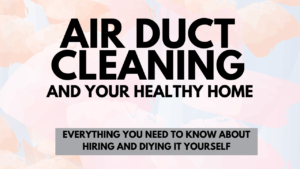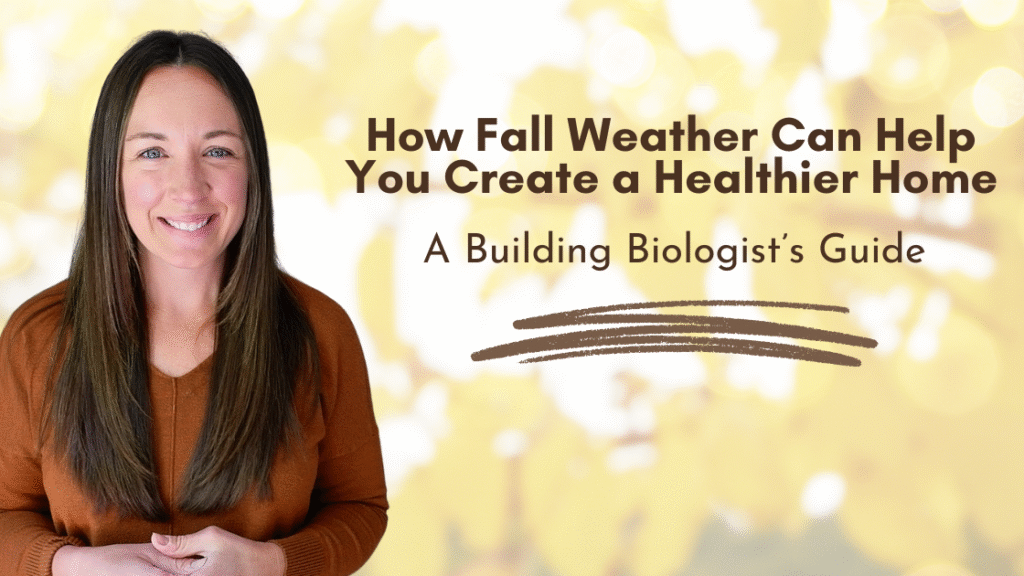
I don’t know about you, but I’m absolutely loving these crisp fall mornings! While part of me wasn’t quite ready to say goodbye to those lazy summer days, there’s something so refreshing about cool breezes and finally being able to sleep with the windows open again. A good reminder that fall indoor air quality can be one of the best things for your home.
As someone who feels most at peace surrounded by nature, I’m always looking for ways to bring that clean, fresh feeling indoors. And here’s what I’ve discovered after years of helping families create healthier homes: fall isn’t just beautiful—it’s actually one of the most powerful seasons for improving your family’s indoor environment and fall indoor air quality.
If you’ve been feeling overwhelmed about where to start with creating a healthier home, I want you to take a deep breath. Fall is giving you the perfect opportunity to make meaningful changes without the stress. Let me walk you through exactly how to use this season to your family’s advantage.
The Proven Benefits of a Healthy Home Environment
Before we dive into the practical steps, let’s talk about the why. A healthy home is more than just a clean home; it’s a foundation for your family’s overall wellness. Scientific research has shown that a well-maintained home environment can have a direct positive impact on both physical and mental health.
Physical Wellness: According to the National Center for Healthy Housing, a healthy home is dry, clean, safe, ventilated, and free of contaminants. Studies have linked poor indoor air quality to an increased risk of respiratory problems, asthma, and even reduced cognitive function [^1]. By improving your home’s environment, you are directly supporting your family’s lungs and immune systems.
Mental Clarity: Beyond the physical, your home environment is a powerful factor in your mental well-being. A 2017 study from the Princeton Neuroscience Institute found that clutter can distract your brain and make it harder to focus [^2]. By creating a space that feels calm and clean, you can reduce feelings of stress and anxiety, and improve your ability to think clearly.
Why Fall Is Your Home's Natural Reset Button
Think about how amazing it feels to step outside on a crisp fall morning. Your home can feel that refreshing too. The cooler temperatures, lower humidity, and gentle breezes create the ideal conditions for naturally improving your fall indoor air quality, and it doesn’t require expensive equipment or complicated procedures.
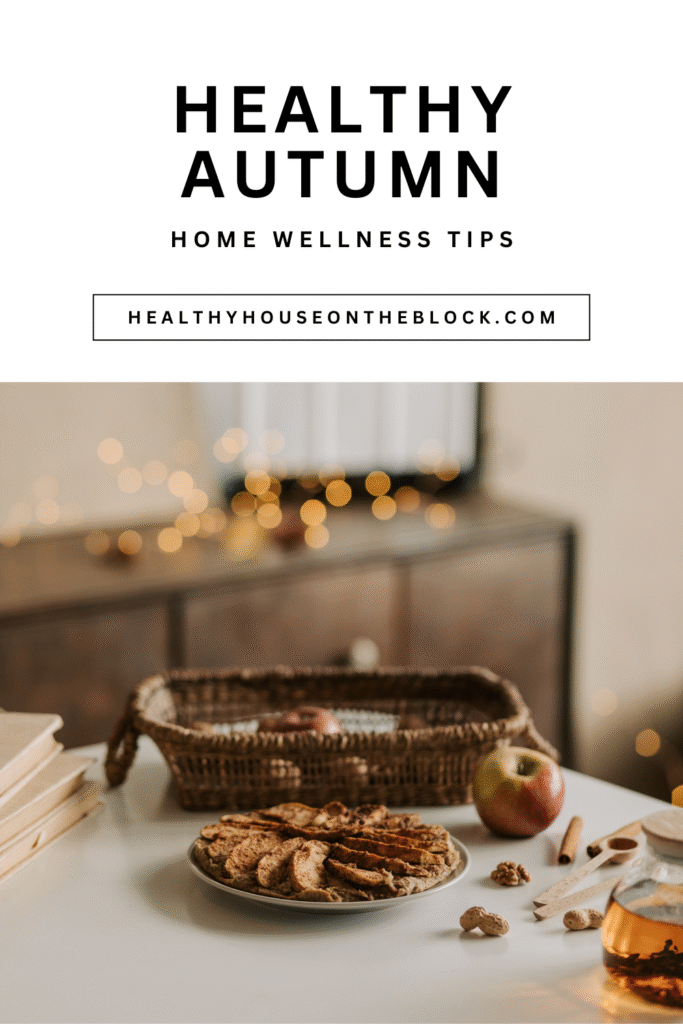
Simple Ways Autumn Weather Improves Fall Indoor Air Quality
Open Those Windows (Yes, Really!)
I know this sounds almost too simple, but opening your windows might be the most powerful thing you can do for your family’s health this season. Our homes are built to be energy efficient, which is wonderful for utility bills but can trap toxins inside. Research shows that indoor pollutant levels can be significantly higher than outdoor levels [^4].
Here’s what happens when you open your windows in fall:
Harmful chemicals from furniture, cleaning products, and building materials get flushed outside instead of building up indoors.
Fresh outdoor air dilutes what’s already circulating in your home.
You get this amazing natural ventilation without overworking your heating system.
This process is a key strategy for improving fall indoor air quality. Try this: Open your windows for just 15-30 minutes each morning and evening. You’ll be amazed at how much fresher your home feels, and your family will be breathing cleaner air.
Make the Most of Your Whole House Fan
If you have a whole-house fan (those big fans usually installed in hallways or central areas), fall is the perfect time to use it. Think of it as nature’s air purifier—it pulls fresh outdoor air through your living spaces while pushing stale, toxin-filled air out through your attic.
Here’s a bonus you might not know: these fans help balance the air pressure in your home, which prevents it from accidentally pulling in unwanted things like mold spores or radon from hidden areas. This is a crucial step for improving fall indoor air quality, especially after a long, humid summer.
Let Fall Naturally Dry Out Problem Areas
One thing I see in so many homes is excess humidity, especially in basements and bathrooms. High humidity isn’t just uncomfortable—it actually creates the perfect environment for mold growth and dust mites. It also slows down the natural process that helps toxins leave your home.
Fall’s naturally drier air is like having a gentle, whole-house dehumidifier. Open windows strategically, use fans to move air around, and take advantage of those lower humidity levels to help dry out any damp spots you’ve been worried about. This is a proactive measure that will pay off all winter long when you’re less likely to open windows.
Quick tip: You want to find that sweet spot between too humid and too dry. Aim for 35-45% humidity—your family’s respiratory systems will thank you.
[^5].
Common Fall Allergens & What You Can Do
While many people associate allergies with spring, fall brings its own set of unique challenges that can impact your fall indoor air quality. Understanding these culprits is the first step to managing them.
Mold: Mold thrives on damp, decaying leaves and can release spores into the air when disturbed. These spores can travel on your shoes, clothing, or pets and enter your home. Check and clean your gutters regularly to prevent leaves from building up and creating a breeding ground for mold close to your home.
Ragweed: Ragweed is a common weed that releases pollen in the fall, and its spores can travel hundreds of miles. Ragweed pollen can be a major irritant for many people and is one of the primary triggers for seasonal allergies during this time of year [^6].
Dust Mites: As you seal up your home and turn on your heating system for the first time, dust mites and their waste can get stirred up and recirculated. Dust mites feed on dead skin cells and thrive in warm, humid environments like bedding, carpets, and upholstery.
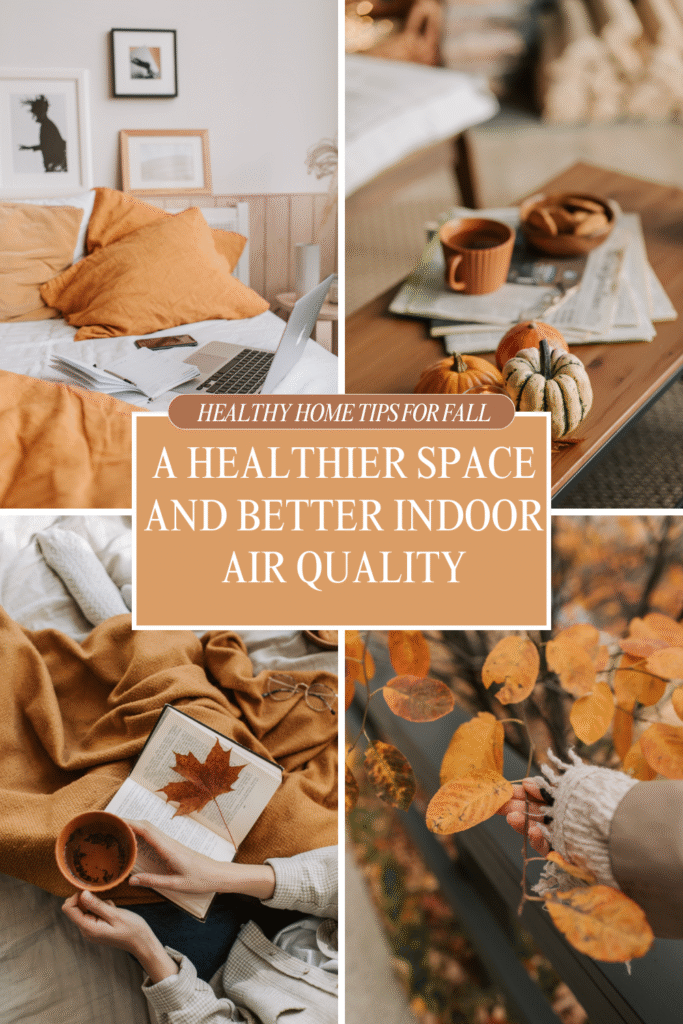
Watch Out for These Fall Challenges (But Don't Stress!)
Now that you know what to look for, here are a few simple actions you can take to make a big impact on your fall indoor air quality.
Check for Leaks and Condensation: With cooler temperatures, condensation can form on windows. If left unchecked, this can lead to mold growth on window sills and walls. Regularly wipe down any moisture you see. Also, check for any new leaks in your roof or plumbing, which can also be a source of moisture and mold.
Inspect Your Firewood Storage: While it’s lovely to have a fire in the fireplace, bringing firewood inside can introduce moisture, mold, and even pests into your home. Store firewood outside in a dry, covered area, and keep it at least five feet away from your home’s foundation.
Upgrade Your Air Filtration: A high-efficiency particulate air (HEPA) filter can be a game-changer for your fall indoor air quality. HEPA filters are designed to capture 99.97% of airborne particles, including common allergens like mold spores, pollen, and dust mites [^7]. Consider using a portable HEPA air purifier in the rooms where your family spends the most time.
Consider an HVAC Tune-up: Before you switch your heat on for the season, a professional inspection of your HVAC system can ensure it’s running efficiently and safely. A clean system with a fresh filter won’t just work better; it will also prevent the recirculation of dust and allergens.
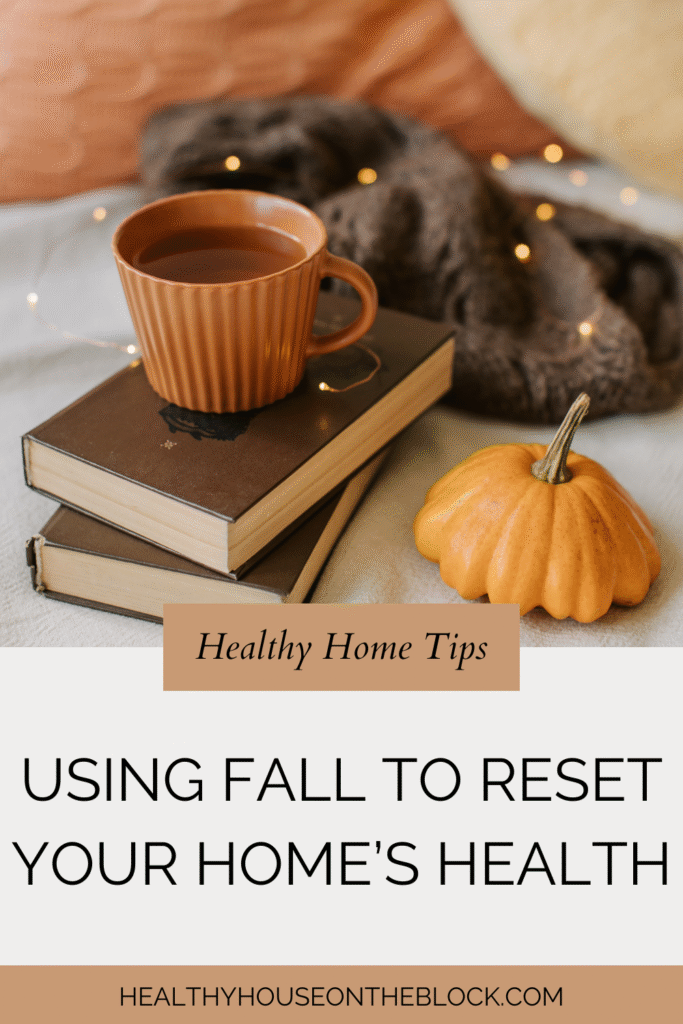
Getting Ahead of Winter (Without the Overwhelm)
I know the thought of “winter prep” can feel daunting when you’re already juggling so much. But fall gives you this gentle window to handle a few key things that will make a huge difference for your family’s health all winter long:
- Consider testing for radon (it’s more common than you might think)
- Seal any basement cracks you’ve noticed
- Invest in a quality air filter for your heating system
- Have your furnace or boiler serviced if it’s been a while
You don’t have to do everything at once. Pick one thing this week, another next week. Progress, not perfection, remember?
Check out my free seasonal maintenance download to help even more.
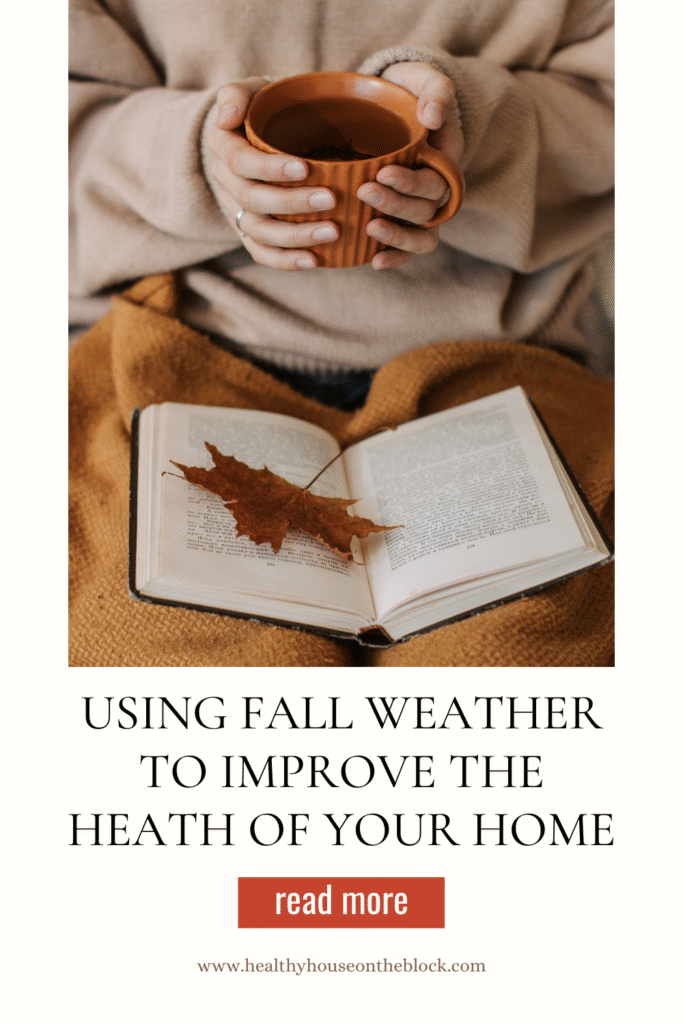
Your Family Deserves This Fresh Start
I want you to know that creating a healthier home doesn’t have to be overwhelming or expensive. Fall is offering you this beautiful, natural opportunity to make real improvements in your family’s daily environment.
You’re already doing so much to take care of everyone you love. Let this season help you take care of your home too.
If you’re feeling ready to dive deeper into creating the healthiest possible environment for your family, I’d love to support you with my Free Class. It takes all the guesswork out of where to start and gives you a clear, step-by-step plan that fits into your real life.
Your home should be your family’s safe haven—and with fall’s help, it absolutely can be.

Sources
[^1]: The Principles of a Healthy Home. National Center for Healthy Housing. https://nchh.org/information-and-evidence/learn-about-healthy-housing/healthy-homes-principles/
[^2]: Improving Indoor Air Quality for Better Public Health. UC Davis Health. https://health.ucdavis.edu/news/headlines/improving-indoor-air-quality-for-better-public-health/2025/03
[^3]: The Mental Health Benefits of a Clean Home. Newport Healthcare. https://www.newporthealthcare.com/resources/press/clean-home-benefits/
[^4]: Indoor Air Quality in Buildings: A Comprehensive Review on the Factors Influencing Air Pollution in Residential and Commercial Structure. National Library of Medicine. https://www.ncbi.nlm.nih.gov/pmc/articles/PMC8004912/
[^5]: A Brief Guide to Mold, Moisture, and Your Home. U.S. Environmental Protection Agency. https://www.epa.gov/mold/brief-guide-mold-moisture-and-your-home
[^6]: Guide to Surviving Fall’s Seasonal Allergies. Trane. https://www.trane.com/residential/en/resources/blog/tranes-expert-guide-to-fall-allergies-season/
[^7]: What is a HEPA Filter? Trane. https://www.trane.com/residential/en/resources/blog/what-is-a-hepa-filter/
Share this:
- Click to share on Facebook (Opens in new window) Facebook
- Click to share on LinkedIn (Opens in new window) LinkedIn
- Click to share on Reddit (Opens in new window) Reddit
- Click to share on Pinterest (Opens in new window) Pinterest
- Click to print (Opens in new window) Print
- Click to share on X (Opens in new window) X




